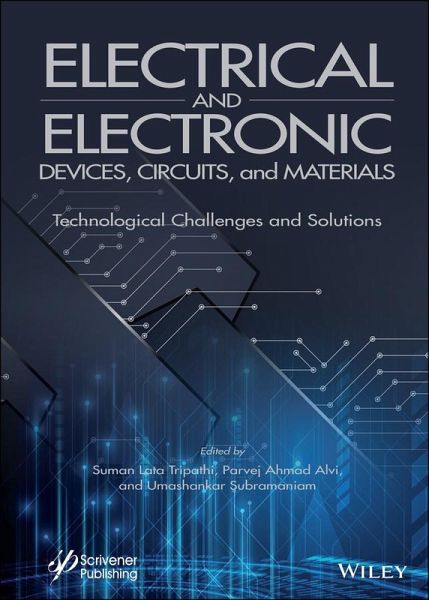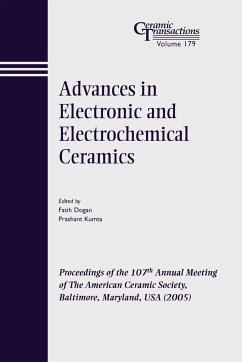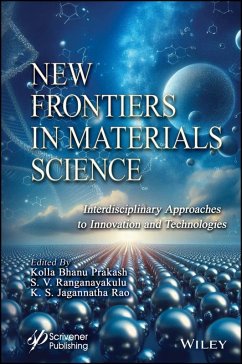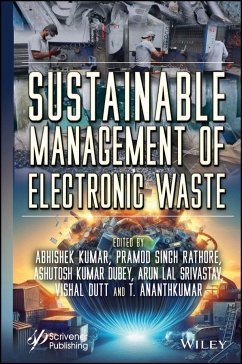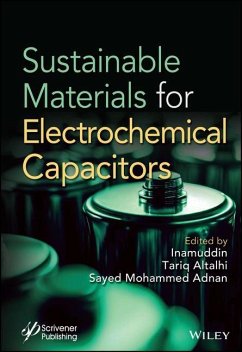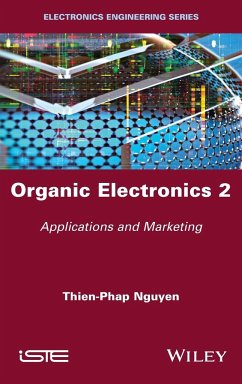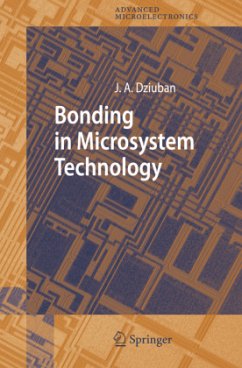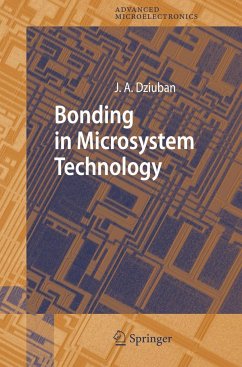Suman Lata Tripathi, PhD, is a professor at Lovely Professional University with more than seventeen years of experience in academics. She has published more than 45 research papers in refereed journals and conferences. She has organized several workshops, summer internships, and expert lectures for students, and she has worked as a session chair, conference steering committee member, editorial board member, and reviewer for IEEE journals and conferences. She has published one edited book and currently has multiple volumes scheduled for publication, including volumes available from Wiley-Scrivener. Parvej Ahmad Alvi, PhD, is an associate professor in the Department of Physics at Banasthali University, Rajasthan, India. He has more than 14 years of teaching and research experience in the area of modern physics, semiconductor physics, and nanotechnology. He has worked as an editorial board member and reviewer on several journals and conferences and has published more than 100 research papers in refereed international journals and conferences. He also has six books to his credit. Umashankar Subramaniam, PhD, is an associate professor at the Renewable Energy Lab, College of Engineering, Prince Sultan University, Saudi Arabia. He has over 15 years of teaching, research and industrial experience. He is an Associate Editor at the journal, IEEE Access, and is an editor on the journal, Heliyon, along with other jorunals. He has published more than 250 research papers in academic journals and conferences and has also contributed to over a dozen books.
